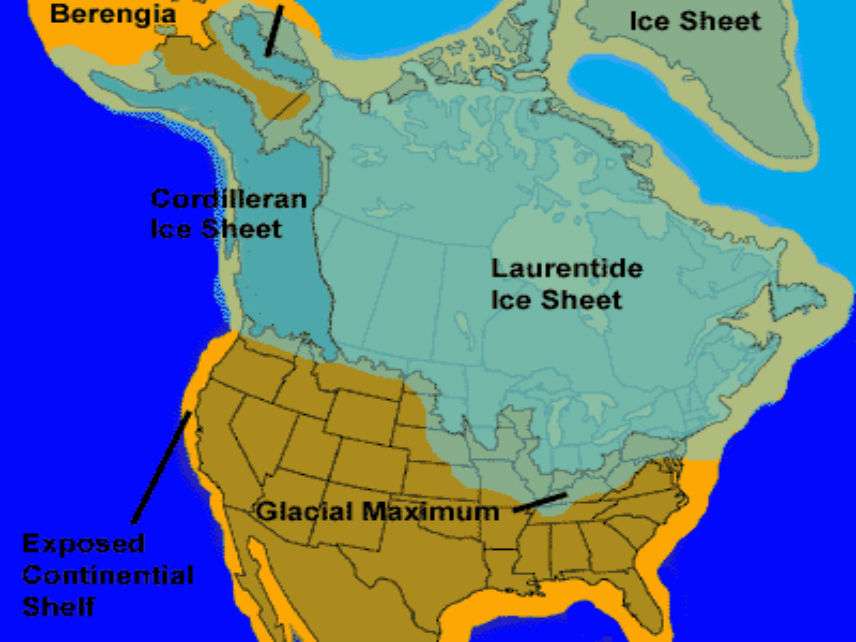If You Hate Ice Ages, Thank a Farmer
Chopping down forests and irrigating rice paddies boosted greenhouse gases enough to prevent the onset of a new ice age

University of Virginia climatologist William Ruddiman has spent a good bit of his career studying the Pleistocene cycle of ice ages that began about 2.6 million years ago. Periods of large-scale glaciation and deglaciation are governed by the Milankovitch cycle, in which shifts of the Earth's orbit and its inclination toward the sun change how much sunlight reaches the northern hemipsphere to warm the surface. Based on solely these orbital cycles, global average temperatures of our current interglacial period—the Holcene—should be dropping, with the result that glaciers should now be growing in northern Canada and Siberia. That is not happening. Why?
Puzzled by these anomalies, Ruddiman hypothesized nearly two decades ago that an increase in greenhouse gases that began about 8,000 years ago was keeping the onset of a new ice age at bay. Specifically, he noted that the atmospheric concentrations of the two chief greenhouse gases carbon dioxide (CO2) and methane (CH4) were not following the downward trends observed at similar stages in previous interglacial periods. Fuddiman noted that the ice core data showed no case during past ice ages in which carbon dioxide concentrations rose after peaking at the point of maximum deglaciation.
Based on the trajectory of earlier ice ages, Ruddiman calculated that atmospheric carbon dioxide levels should have fallen from their post-deglaciation peak of around 268 parts per million (ppm) to around 240 ppm by 1800. Instead, pre-industrial carbon dioxide concentrations were actually at around 285 ppm. He also identified similar anomalous upward trends in atmospheric methane trends. What was the cause of these higher-than-normal concentrations of greenhouse gases?
Farmers: carbon dioxide sequestering forests were chopped down to grow crops, while the rotting of vegetation in rice paddies boosted global methane concentrations.
In the current Scientific Reports, Ruddiman and his colleagues use a climate model to compare the temperature trajectory of the interglacial period of about 777,000 years ago, whose orbital characteristics most closely those of our own Holocene era. They find that without the increase in greenhouse gases caused by farming, current global average temperatures would likely have been about 1.3 degrees Celsius (2.3 degrees Fahrenheit) lower than they were around 1850. Arctic temperatures would have been 5 to 6 degrees Celsius (12 degrees Fahrenheit) colder than they were at that time.
Instead of falling, atmospheric concentrations of carbon dioxide are now at around 405 ppm, and those of methane at more than 1,800 parts per billion. Assuming Ruddiman's and his colleagues' calculations are right, the 0.8 degree Celsius increase in global average temperatures since the 19th century suggests that the Earth is now about 2.1 degrees warmer than it would otherwise have been.
"There is pretty good agreement in the community of climate scientists that we have stopped the next glaciation for the long, foreseeable future, because even if we stopped putting carbon dioxide into the atmosphere, what we have now would linger," says Ruddiman at Science Daily. "The phenomenal fact is, we have maybe stopped the major cycle of Earth's climate and we are stuck in a warmer and warmer and warmer interglacial."
While it remains to be seen how well future generations will be able to adapt to the warmer world that farmers and factories have bequeathed them, the onset of a new ice age would be disastrous for humanity.


Show Comments (121)